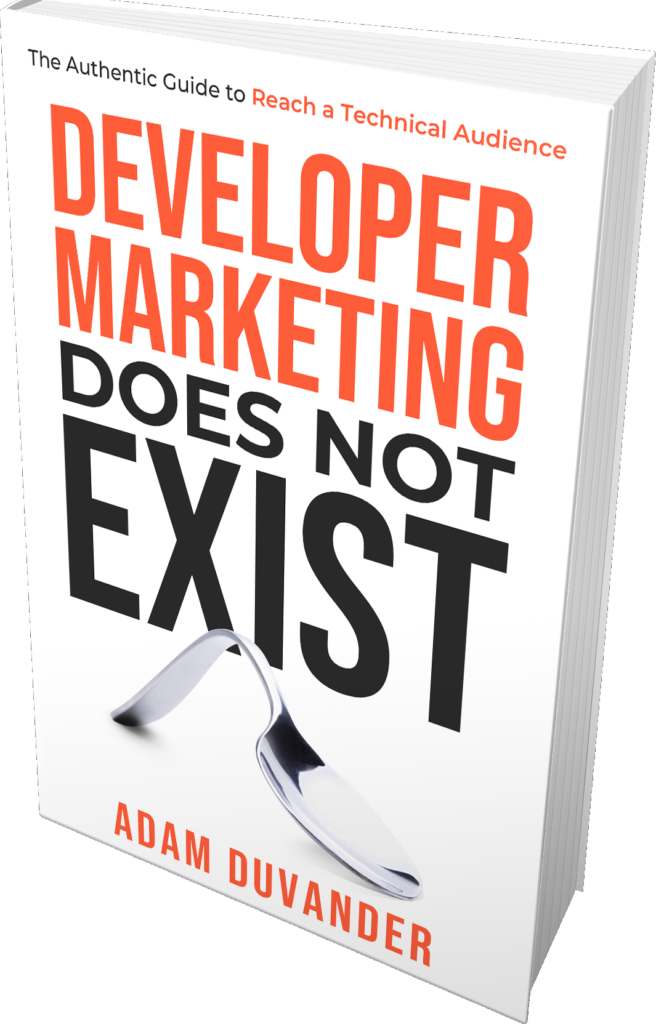Marketing exists in various platforms such as digital media, traditional advertising, social media, and email campaigns. Companies use marketing strategies to promote their products or services to their target audience, generating leads and increasing brand awareness.
In today’s competitive business landscape, effective marketing is crucial for attracting and retaining customers. With the rise of digital marketing, businesses have more opportunities than ever to connect with their audience and drive engagement. From SEO optimization to social media advertising, marketing practices are constantly evolving to keep up with consumer behavior and market trends.
By understanding where marketing exists and how to leverage different channels, businesses can create successful campaigns that resonate with their target audience and drive business growth.

Credit: reach360.io
Traditional Marketing Channels
Print Advertising: The print advertising includes newspapers, magazines, and posters. These are effective in reaching local and niche audiences.
Television Commercials: TV ads allow for wide reach and exposure to a diverse audience. They are impactful for brand awareness.
Radio Ads: Radio advertisements are a cost-effective means of reaching local and targeted audiences. They are often used for promoting local events and businesses.
Digital Marketing Channels
Marketing exists in various digital channels such as social media, search engine optimization, and email marketing. Social media marketing capitalizes on platforms like Facebook, Instagram, and Twitter to promote products and engage with customers. Meanwhile, search engine optimization focuses on enhancing website visibility in search engine results. This involves optimizing keywords, creating quality content, and building backlinks. Email marketing, on the other hand, involves sending targeted emails to potential customers to promote products, share company news, and build relationships. Each of these digital marketing channels offers unique opportunities for businesses to reach and engage with their target audience.
In-store Marketing
Marketing exists in various forms, and one key area is in-store marketing. It focuses on engaging customers directly within physical retail settings, enhancing the overall shopping experience and driving sales. With strategic displays, promotions, and personalized messaging, in-store marketing aims to attract, captivate, and convert potential buyers into loyal customers.
< p >Marketing exists in various aspects of a business and plays a crucial role in driving sales and promoting products. In-store marketing is one such avenue that focuses on engaging customers within a physical retail space. Point-of-Purchase displays are strategically placed in high-traffic areas to grab customers’ attention and encourage impulse purchases. These displays often feature attractive visuals and compelling product information. Product packaging also plays a key role in in-store marketing, as it serves as the first point of contact with customers. Eye-catching and well-designed packaging can create a positive brand impression and influence purchasing decisions. Additionally, the store layout is carefully planned to enhance the overall shopping experience, guiding customers towards products and encouraging exploration. By integrating effective in-store marketing strategies, businesses can maximize their potential for increased sales and customer engagement. < / p >Event Marketing
|
Content Marketing
Content Marketing:
Blogs and Articles: Many businesses rely on blogs and articles to convey information about their products and services. This approach allows businesses to create valuable content that can attract and engage their target audience. By consistently producing relevant and informative content, businesses can establish themselves as industry experts and build trust with their audience.
Podcasts: Podcasts have become a popular medium for content marketers to share valuable insights and engage with their audience. This audio format allows for easy consumption of information, making it convenient for listeners to tune in while on the go. Businesses can use podcasts to discuss industry trends, share success stories, and offer valuable advice to their audience.
Video Marketing: Video marketing has emerged as a powerful tool for businesses to connect with their audience in a visually compelling way. Whether it’s through product demonstrations, customer testimonials, or behind-the-scenes footage, businesses can use videos to showcase their brand and create engaging content that resonates with their audience.

Credit: www.slideshare.net
Word-of-mouth Marketing
Word-of-Mouth Marketing
Referrals: One of the most powerful forms of marketing is word-of-mouth. A satisfied customer is likely to refer your product or service to others. This creates a chain reaction of new customers. Influencer Marketing: Social media influencers hold the power to sway the purchasing decisions of their followers. Collaborating with influencers can help amplify your brand’s reach and engage with a wider audience.

Credit: everydeveloper.com
Frequently Asked Questions On Where Does Marketing Exist?
Where Does Marketing Take Place?
Marketing takes place through various channels such as social media, websites, email campaigns, and advertising platforms. It is about promoting products or services to target audiences effectively.
What Does Marketing Allow Us To Do?
Marketing allows businesses to reach customers, build brand awareness, drive sales, and communicate value propositions effectively.
Is Marketing The Same As Business?
Marketing and business are related, but not the same. Marketing focuses on promoting and selling products or services, while business encompasses broader aspects like strategy, operations, finance, and more. Marketing is a vital component of business, helping it reach customers, generate revenue, and achieve its goals.
What Is The Idea Behind Marketing?
Marketing is the process of promoting products or services to target customers. It involves understanding consumer needs and creating strategies to meet them. Effective marketing aims to build brand awareness, attract potential customers, and drive sales.
Where Can Marketing Be Implemented?
Marketing can exist in various channels, including digital platforms, social media, traditional advertising, and direct mail campaigns.
Conclusion
Marketing is a ubiquitous force that permeates every aspect of our lives. From the moment we wake up to the time we go to bed, marketing is there, subtly influencing our choices and shaping our perceptions. Whether it’s through social media advertisements or clever brand collaborations, marketing has found its place in the digital realm, blurring the lines between virtual and physical existence.
It’s important for businesses to understand this ever-evolving landscape and adapt accordingly to succeed in today’s competitive market. So embrace the power of marketing, seize opportunities, and create impactful connections with your target audience.











